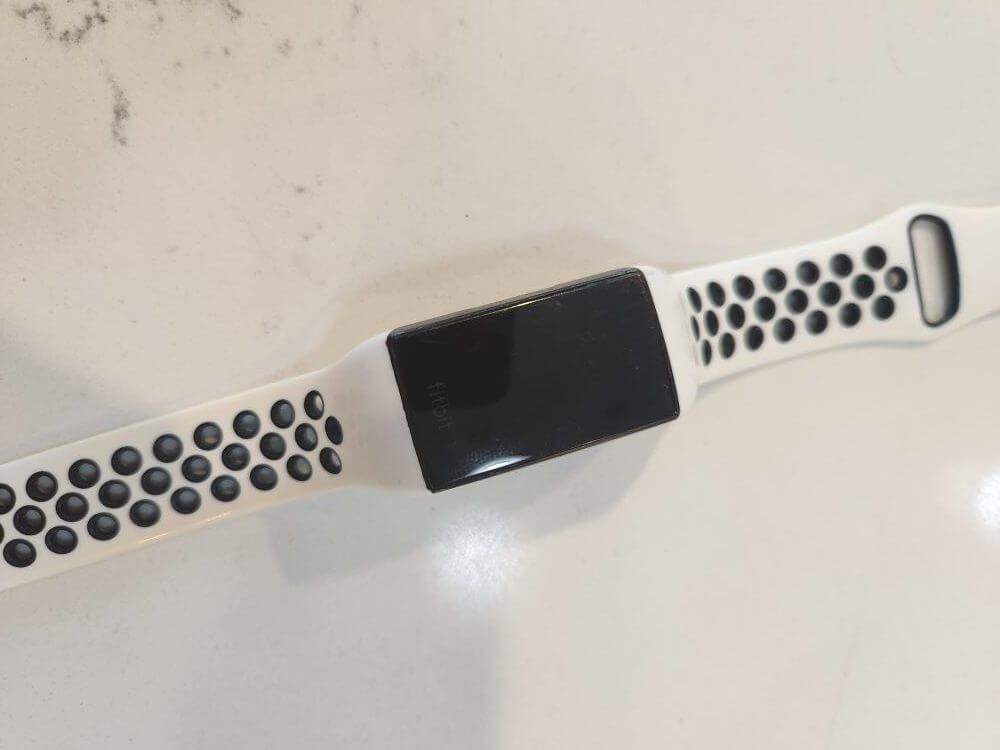Tech Tuesday: The Relationship Between Swimming and Wearable Technology – Using Data Appropriately

The Relationship Between Swimming and Wearable Technology
By Brad Jones, Guest Contributor
Wearable technology has become extremely popular in the endurance sports world. Runners, cyclists, and triathletes love the data these devices provide. In fact, wearable technology was named the No. 1 fitness trend in 2022 by the American College of Sports Medicine. We are now seeing more and more devices being developed specifically for competitive swimming.
For swimmers, performance-data tracking can help you dial in your workouts, keep track of stroke counts, practice pace, speed, distance per stroke, speed underwater, and more. Devices can go under a swim cap, on a google strap, watches, smart googles, and even in a swim paddle. Data tracking from wearable devices during practice gives a swimmer or coach a way to see where you’re improving and hold the swimmer accountable. If you have certain metrics that you need to hit in practice to reach your goals, the data (if it is accurate) is right there, for you and your coach to track. However, devices can also lead to information overload and can be overwhelming, confusing, and downright distracting if you’re not using it in a healthy way.
A 2020 study from the University of Copenhagen (“Fitness watches generate useful information but increase patient anxiety”) concluded that sports performance data from wearable devices can result in “increased levels of uncertainty, fear, and anxiety, and lead to obsessive and dependent behaviors.”
Before you buy the next wearable gadget for your team or yourself, ask yourself some questions. For what reason am I collecting this data? What decision(s) will I make with it? Do we really need all this data? When is it time to step away from the data? As coaches, do we really want our swimmers glued to their phones after a practice, analyzing data? Remember, data is useless if you aren’t using it to make training decisions.
Problems can start when you get too caught up in your data, which, a) may or may not be accurate; and b) can’t account for the nuances of being a human. How do we know if the data from these devices is accurate? There have been many recent studies looking at the accuracy of different wearable devices. The data from devices can be wildly inaccurate. For example, studies have shown “systematic overestimation of distance.”
Swimmers can’t be just data points. Data points are just one piece of the puzzle, but they don’t factor in subjective things like a conflict with a teammate, a hard exam in school, playing video games late the night before, or that tough dryland workout you did earlier in the week. Most exercise physiologists agree that there’s so much power in looking at why something happened, and an algorithm can’t tell you that.
Exercise Physiologist Kevin Longoria said: “The harsh reality is that there are no regulations that require these device manufacturers to benchmark their data outputs relative to any type of gold standard medical equipment, causing significant disparities in data integrity within and between wearable technologies.
“With the advent of more sensors, devices, and data, it is not uncommon to feel overwhelmed by the data,” says Longoria.
Many swimmers know the feeling of being “in flow” during a workout. These internal states are blissful and worth pursuing in their own end, and it is often where the best performances happen. If a swimmer finds themselves unable to reach those states because they are constantly distracted by, or pulled out to check their current pace, heart rate or stroke count, then it is time to stop using the data for a while and focus on reconnecting with the inner self. You can still stay focused on the metrics you need to hit in practice, without being distracted by a device. Let’s face it, most swimmers know when they are hitting the numbers they need to hit in practice.
Occasional practices without data (turn it off or, better still, don’t wear it at all) can be so much more rewarding. Another approach could be to treat the data like we do “test sets.” Put the wearable technology on once a month, collect the data and compare to previous months. Enjoy the practice for what it is and how you feel, don’t let data dictate success or failure.
Data, and the associated technology, is a tool to enhance your training performance. As we start a new season, data can be valuable in prescribing monitoring training volume and our response to it, but it shouldn’t be the sole measure of success. Resist the pressure to collect more and more. Instead, focus on quality data that has a demonstrable impact on your swimmer’s health and performance.




Hey ! I read an article (french) that said that the best werable was the Garmin Swim 2, what’s your opinion on this ? Article